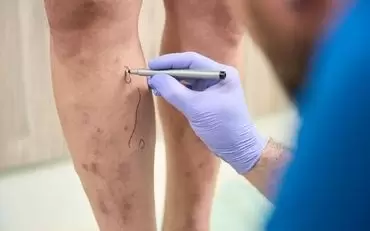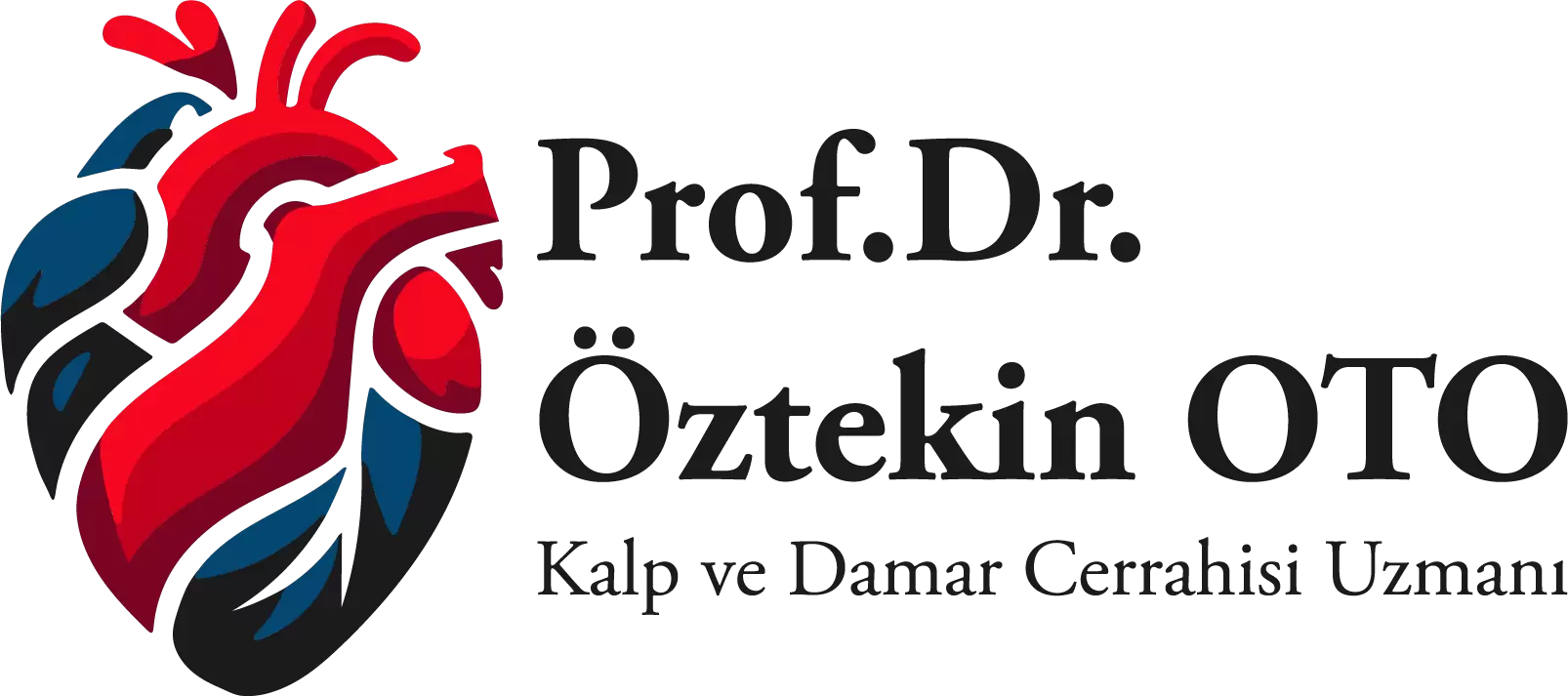29 Oca
Endovascular Treatment of Aortic Diseases
Son değiştirilme tarihi: 17 Oca 2026
Endovascular Treatment of Aortic Diseases
There has been a remarkable increase in the incidence of cardiovascular diseases recently. One reason for this is prolonged human life thanks to developments in medicine and technology. Aortic diseases are the leading cardiac diseases affecting the elderly population, in particular.
Aortic diseases are more common in the male population above 65 with hypertension problems but are among serious diseases putting human life at stake. Aorta is the main artery that supplies to the veins reaching from the heart to all other organs. Aortic aneurysm is defined as the enlargement in the wall of this main artery after deformation and weakening of this wall. This process of deformation taking place generally after the age of 50 causes thinning of the aortic wall paving the way for its weakening and bulging. This problem, if not taken under control, may lead to a life-threatening situation due to rupturing of the aortic wall. When the enlargement in the aortic wall goes beyond 5 cm, active treatment methods will be applied. The most preferred one of these methods is the endovascular treatment.
Endovascular Treatment of The Aortic Aneurysm
There is intensive work in process on the diagnosis and treatment methods today. New methods emerge as a result of these works making it possible to avoid risk factors and provide a smooth process for the patient. In many diseases, treatment is possible through small incisions today as an alternative to open surgery. Endovascular treatment is an alternative to open surgery in active treatment of aortic aneurysms based on the principle of intervening from inside the vessel.
Endovascular treatment is applied by entering the inguinal vein through minimally-invasive surgical incisions. Local anesthesia is mostly enough for this procedure. Today, endovascular treatment can easily be applied in elderly patients with many concomitant conditions including coronary heart disease, diabetes or lung disease.
The patient is examined before endovascular treatment by running some tests including mainly angiography and computed tomography. The tests help decide whether or not the physiological condition and aortic structure are convenient for endovascular treatment.
What Are The Advantages of Endovascular Treatment?
Endovascular treatment has many advantages both for the doctor and the patient throughout the operative process. These advantages can be listed as follows:
- There is no need for general anesthesia. So, the anesthesia-associated risk factors can be avoided.
- There is no need for large incisions.
- There is minimal risk of blood loss.
- There is no need to keep the patient at the intensive care unit, and the hospitalization time is relatively shorter.
- There is a smooth post-operative recovery process.
- There is minimal risk of loosing the patient for reasons associated with surgery.
Related Articles

What If Varix Remains Untreated?
Varix may go subtle for a long time without causing any pain or other complaints. This is why many p..
Read More
EECP Treatment Method
They are the arteries that surround the heart and provide the heart muscle with the necessary blood...
Read More
Heart Failure
The heart is a vital organ that pumps blood to our body carrying the oxygen and nutrients we need to..
Read More




